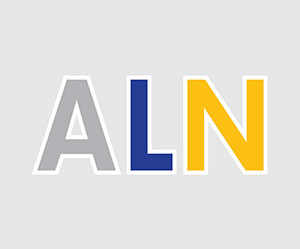Titration Quiz
1 – Karl Fischer titration measures trace amounts of what substance in a sample?
- Iodine
- Water
- Methanol
- Cyanide
2. How many mL of 5.0M stock solution of HNO3 will need to added in order to make 500 mL of 1.0M solution?
- 5 mL
- 10 mL
- 50 mL
- 100 mL
- 500 mL
3 – What acid-base titration method is commonly used to measure the nitrogen content of a sample?
- Winkler Test
- Kjeldahl Method
- Benedict’s Test
- Zeta Potential Titration
- Redox Method
4 – What instrument measures the heat produced or consumed by a reaction to determine its endpoint?
- Isothermal titration calorimeter
- Amperometer
- Potentiometer
- Thermometric Titrimeter
- Spectrometer
5 – Which of the following is NOT used as a titration indicator.
- Methyl Violet
- Red No. 3
- Litmus
- Bromothymol blue
- Alizarin Yellow
Question 1:
Karl Fischer titration is used to measure trace amounts of water in a sample. The classic technique was developed by German chemist Karl Fischer in 1935.
Question 2:
You would require 100 mL of stock solution.
V(stock) = (1.0M)(500mL) / 5.00M
V(stock) = 100 mL
Question 3:
Nitrogen is measured using the Kjeldhal method. Organic nitrogen is digested into ammonia with sulfuric acid and potassium sulfate. Then, the ammonia is back titrated with boric acid and then sodium carbonate.
Question 4:
Isothermal titration calorimeters measure the heat produced or consumed and are used in biochemical titrations, such as how substrates bind to enzymes.
Question 5:
Red No. 3, or eyrthrosine, is an organoiodine compound primarialy used as a food coloring. It is commonly used in sweets and popsicles and to color pistachio shells.
















